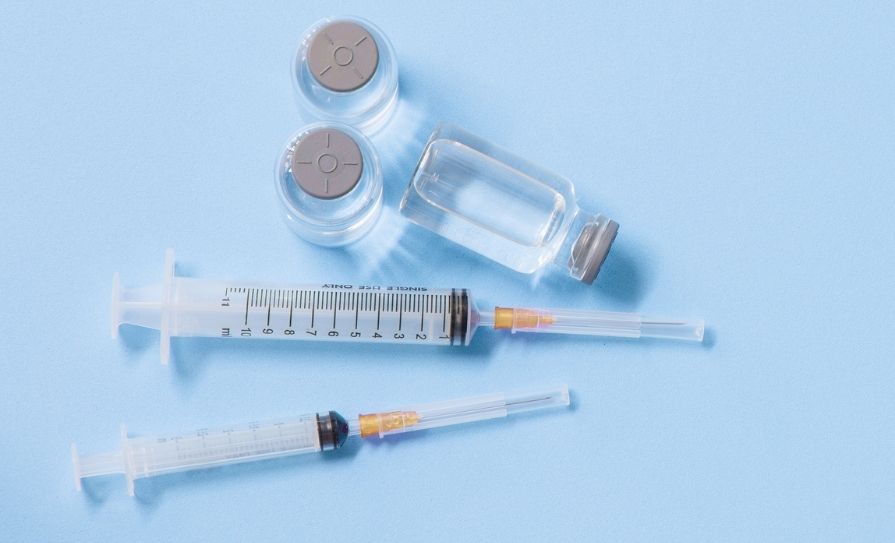Scientists working in the School of Biochemistry and Immunology at the Trinity Biomedical Sciences Institute (TBSI) have uncovered a new approach for treating severe asthma.
They have high hopes their discovery may pave the way for effective new treatments, especially in children, said the researchers. Ireland has one of the highest rates of asthma in the world, with almost 500,000 people affected.
As many as one-in-five children will have asthma at some point, and there is a pressing need for better treatments for the more severe forms of the disease, which can be fatal. Prof Luke O’Neill, lead investigator and Professor of Biochemistry at Trinity, said: “We have found that a molecule made by our own bodies, called itaconate, can suppress key events that promote asthma by targeting an important immune protein called JAK1. By shutting-off JAK1, we have shown remarkable efficacy in lab-based models of asthma.”
The protein JAK1 is important in driving the immune response but in some cases it causes an over-the-top reaction, leading to excessive stimulation of macrophages, which cruise around the body looking for intruders. This excessive stimulation causes inflammation and is problematic in a suite of conditions, such as asthma.
Dr Marah Runtsch, lead author of the research article published in the world’s leading metabolism journal, Cell Metabolism, said: “We have high hopes that new medicines based on itaconate could well have potential as a wholly new therapeutic approach for treating severe asthma, where there is a pressing need for new treatments.
“We tested a molecule called 4-OI, which is based on itaconate, and it was able to suppress severe asthma in a model of the disease which doesn’t respond to anti-inflammatory steroids. We therefore hope our findings might pave the way for new treatments, especially in children.”
The findings arose from an international collaboration involving scientists in Sydney, Beijing and Graz. Researchers from US Pharmaceutical company Abbvie, based in Worcester Massachusetts, were also involved in the study. The work was funded by the European Research Council and Science Foundation Ireland.







